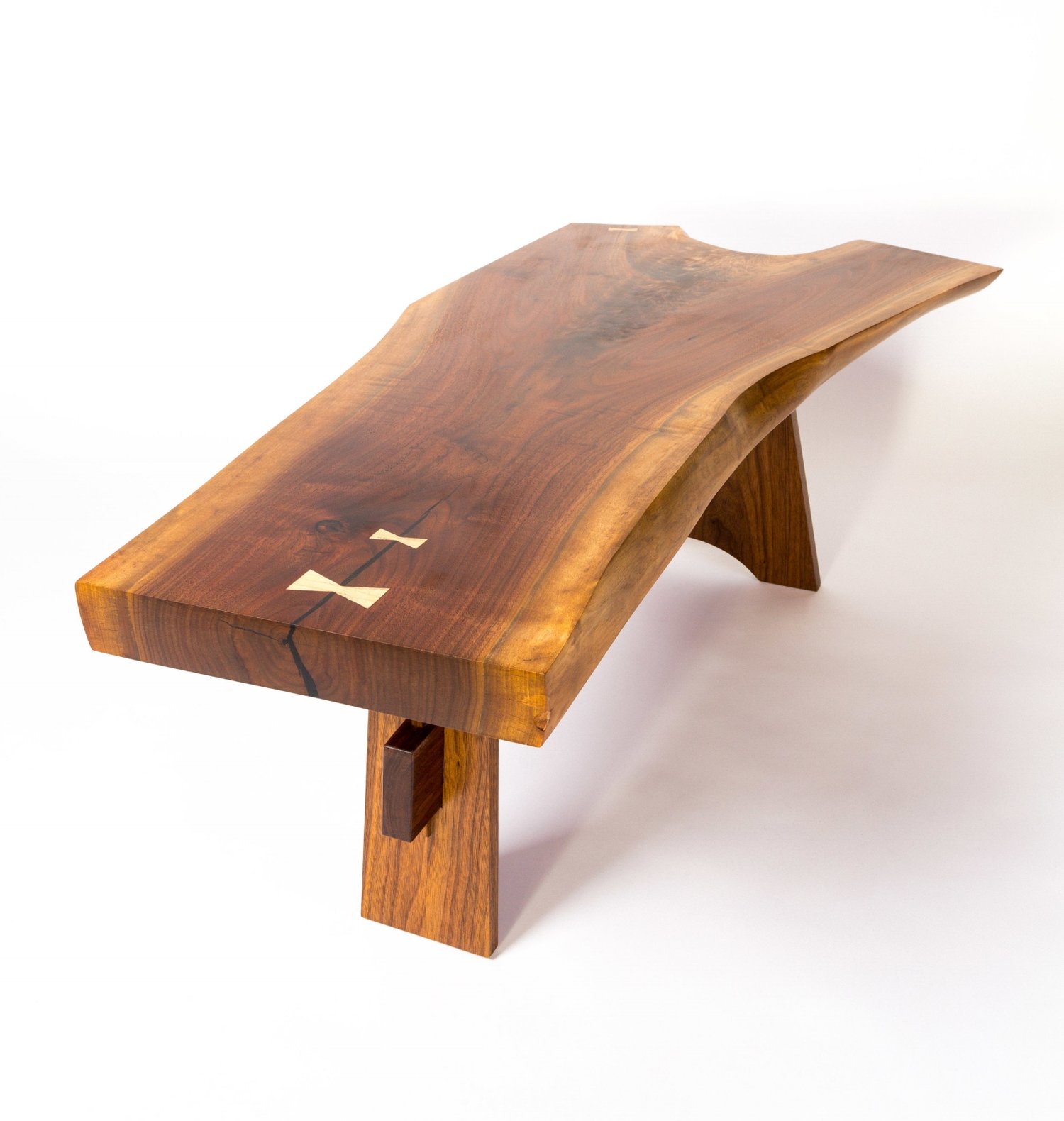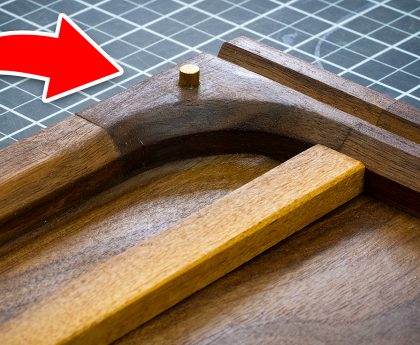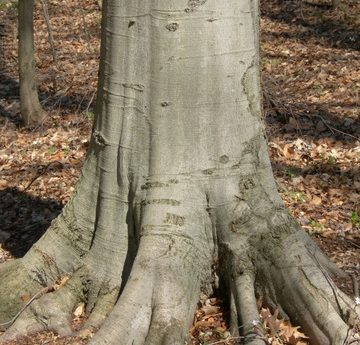After I completed the build of the prairie style sofa and love seat, we needed a coffee table. For the fancy photo shoot of the sofa & love seat, we temporarily drafted an antique Korean sea chest as a coffee table stand-in. You can see the original table’s matching pieces as the end tables. The old coffee table was a hand me down from my parents, from a set they bought used in 1964. But it was worn out, had done it’s service, didn’t match, and this 50’s factory set was way beyond retirement age.
At first, I thought the design of the new table was obvious; some variation on the ubiquitous “mission coffee table“. I’d imagined one of those in my living room for quite some time. But with the sofa and love seat in place, that design bothered me. It seemed clear that putting another rectalinear piece with square side spindles next to the sofa and love seat was style overkill. That form is what makes the sofa and love seat so strong, and piling it on with another piece in front of them would diminish it. So I was stumped.
But after thinking about it, and seeing some nice material at my local hardwood dealer, I settled on the idea of contrasting the rectalinear prairie style with a very organic live edge table. With a live edge top, the form is 180° in the other direction from the sofas, with the look of finished wood tying them together. But I wanted to tie them together even more. I knew I wanted a live edge top, but that needs a base. It would be easy to make a very modern base for the slab, and the result would be 100% contemporary piece (the table) next to two 100% traditional pieces (the sofas). The base was the place where I could connect the two styles, literally and stylistically.
At first, I tried to design a very mission style base, with square ends and long stretcher and through tenons. But the form didn’t flow, and I was trying to design the base before seeing selecting the top slab I was going to use. So I stopped designing, and went out to get the actual slab.




